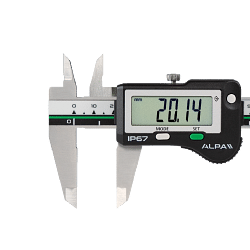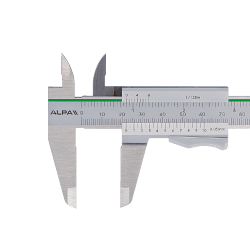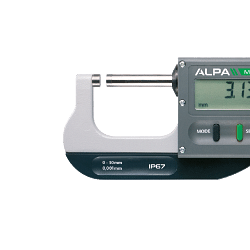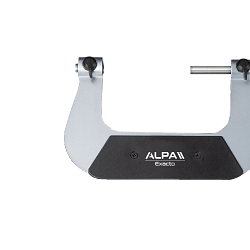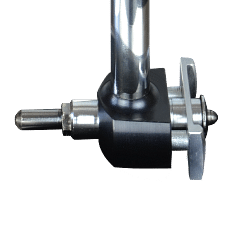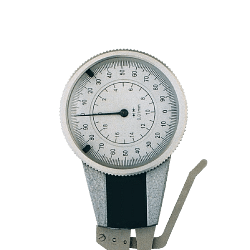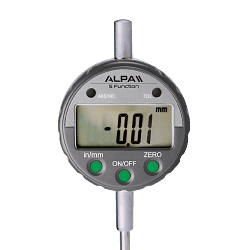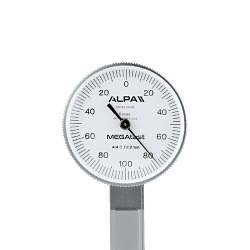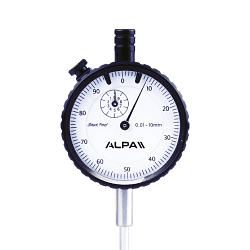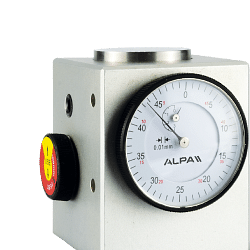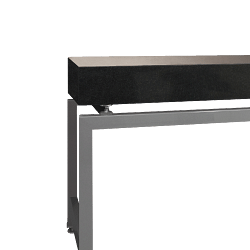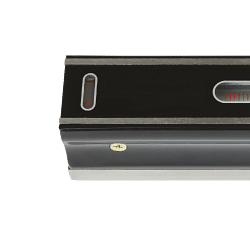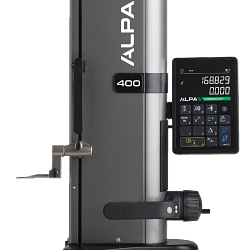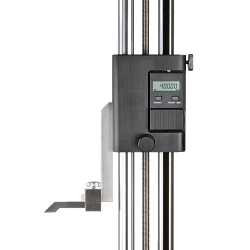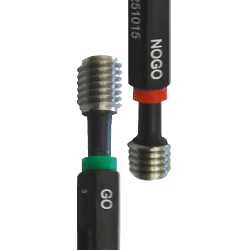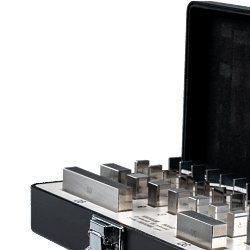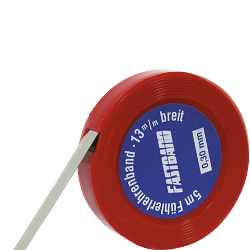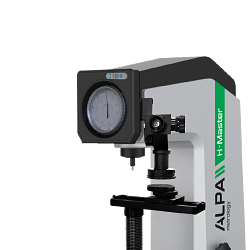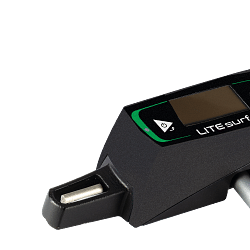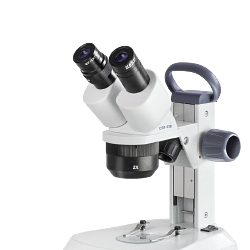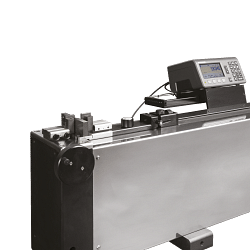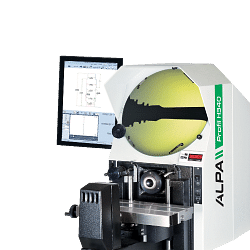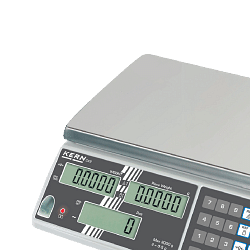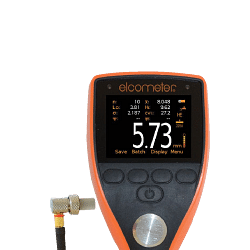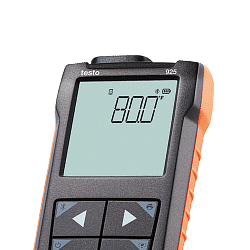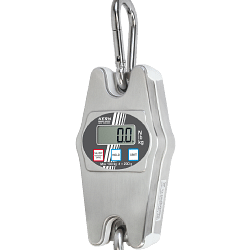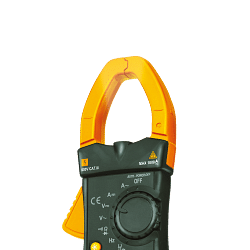< Measuring and precision tools Digital micrometers
Digital micrometers are an essential tool for modern machine shops, where the accuracy and reliability of measurements are crucial to ensure the quality of finished products. These advanced measuring instruments are designed to provide extremely accurate readings, minimising human error and improving operational efficiency. In this in-depth look, we will explore in detail what digital micrometers are, how they work, their advantages and practical applications in machine shops.
Introduction to digital micrometers
Digital micrometers are measuring instruments used to accurately determine the dimensions of an object. Unlike traditional micrometers, which require the manual reading of a graduated scale, digital micrometers offer a direct reading on a digital display. This not only simplifies the measuring process, but also reduces the risk of reading errors, making them ideal for applications where accuracy is crucial.
How digital micrometers work
The operation of digital micrometers is based on a system of electronic transducers that convert mechanical movement into electrical signals. When the spindle of the micrometer is rotated, the movement is detected by a sensor that transmits the data to a microprocessor. This processor processes the signals and displays them as a numerical reading on the display. The accuracy of these instruments is generally in the micron range, making them suitable for high-precision measurements.
Advantages of digital micrometers
One of the main advantages of digital micrometers is their ability to provide fast and accurate readings. This is particularly useful in high-speed production environments where time is a critical factor. In addition, many digital micrometer models offer additional features, such as the ability to store measurements, transfer data to a computer for analysis and automatically calibrate the instrument. These features not only improve efficiency, but also the traceability and documentation of measurements.
Practical applications in machine shops
In machine shops, digital micrometers are used for a wide range of applications. They are essential for quality control, where they are used to check the dimensions of critical components such as shafts, gears and bearings. In addition, they are used in tool and mould making, where measurement accuracy is critical to ensure that the parts produced conform to design specifications.
Frequently asked questions about digital micrometers
1. What is the difference between a digital and an analogue micrometer?
The main difference lies in the reading method. Digital micrometers offer a direct reading on a display, whereas analogue micrometers require the reading of a graduated scale. Digital micrometers tend to be easier to use and reduce the risk of reading errors.
2. How do you calibrate a digital micrometer?
Calibrating a digital micrometer is generally simple and can be done using a reference calibration block. Many modern models also offer automatic calibration, which further simplifies the process.
3. What are the considerations to keep in mind when choosing a digital micrometer?
When choosing a digital micrometer, it is important to consider accuracy, resolution, ease of use and additional features such as data storage and connectivity. It is also important to ensure that the instrument is suitable for the specific application for which it will be used.
Conclusion
Digital micrometers are indispensable tools in modern machine shops, offering precision, efficiency and reliability in measurements. With their ability to provide fast and accurate readings, these instruments significantly improve quality control and productivity. Whether checking dimensions of critical components or ensuring compliance with design specifications, digital micrometers are an excellent choice for any production environment that requires high-precision measurements.
Read More Read Less 

